ADDRESSING PADDY STUBBLE BURNING IN PUNJAB
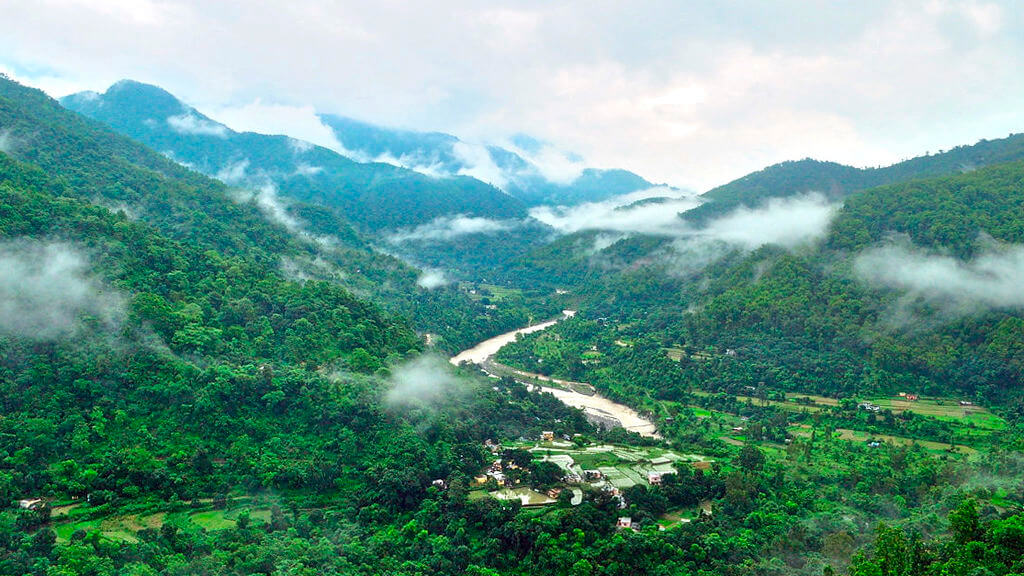
The issue
India has nearly 10.5 million hectares of agriculture fields under the rice-wheat cropping system, which produce 34 million tonnes of rice residue. Sustainably disposing this residue before the next crop is a herculean task for India’s farmers. The situation is further complicated by a very small window of 15-20 days available to farmers between harvesting rice and sowing wheat. As a result, farmers resort to burning the standing rice stubble to clear their fields. This leads to dangerously high levels of air pollution during the winter months, particularly in Delhi NCR, and also impacts soil quality. The only time efficient and scalable alternative to burning is the use of Crop Residue Management machines such as happy seeder, super seeder, super SMS, rotovators.
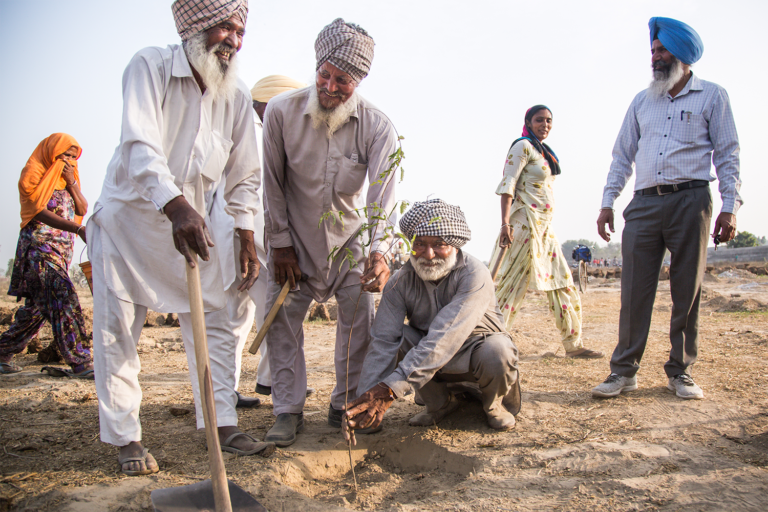
Our approach
Punjab has 2.6 million hectares under rice wheat, which produces 19.6 million tonnes of rice residue. The Central and Punjab state government have made adequate CRM machines available in the state, but their adoption among farmers still remains low. They face financial, technological and behavioural barriers. We are working in partnership with the Punjab government and other stakeholders to address these barriers by raising awareness and conducting training and capacity building programmes to bust the myths around these machines and encourage use. We have established a strong footprint in 162 villages across 6 districts of Punjab and engage with farmers associated with 1.7 lakh acres of rice wheat farms.
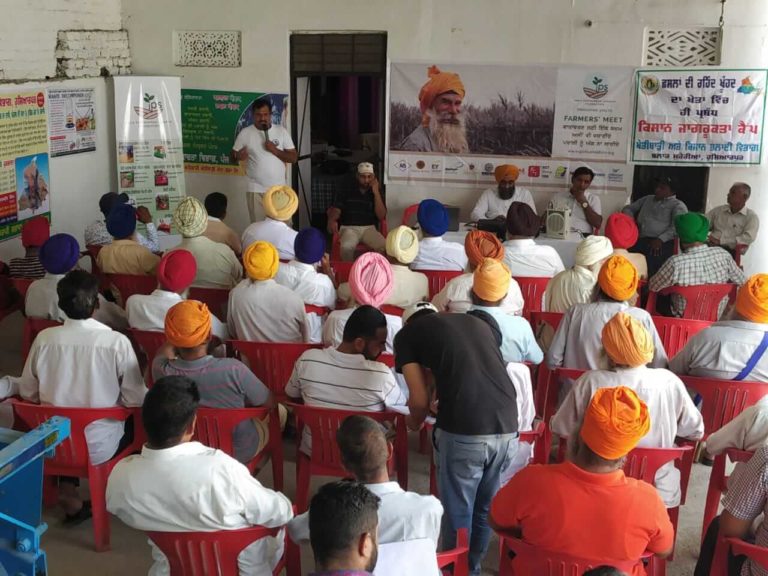
Awareness, training and capacity building
We work with farmers and equipment suppliers to raise awareness about the benefits of using CRM machines, various government schemes and subsidies and how to avail them. We focus on addressing all apprehensions regarding new technologies, such as yield drop, crop quality issues, soil issues, use of water and urea.

Financial schemes
We supplement the government’s subsidy schemes with our own financial incentives, which can be used by the farmers to utilize the machine in their field. We support the cost of operating the machine, while the government subsidy makes the machine available to the farmer. In combination, these support help improve availability and use of the machine on-ground.
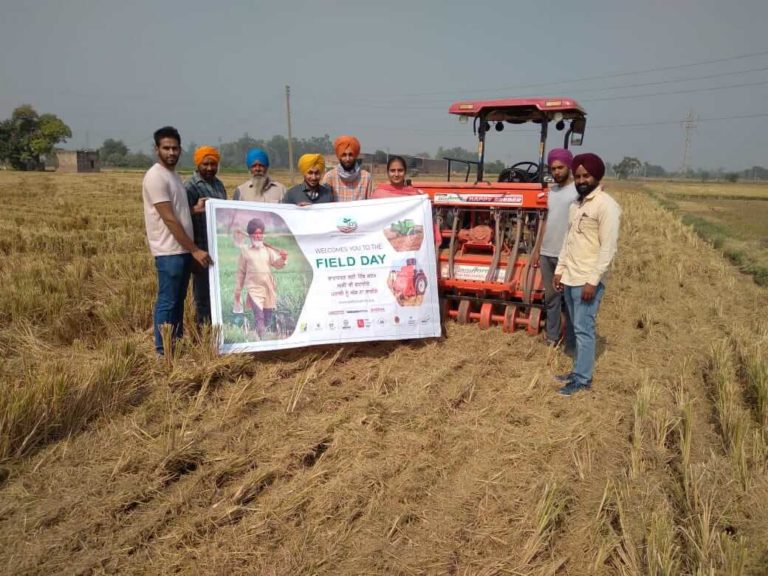
Change buddy programme
Research has proved that peer to peer communication is the most effective way of achieving behavioural change. Therefore, we have launched the change buddy programme, wherein we identify a progressive farmer already using CRM machines and support him to align another 10 farm to sow wheat which his machine on a rental basis. This serves the dual purpose of enabling small farmers to use the machine without buying it, and the large farmer to benefit financially from renting it. Since inception, XX farmers have become agents of change and helped convert XX acres of farms into non burn.

Informing policies
Being present in the field with farmers, we have our ears to the ground and can collect valuable insights on farmer apprehensions, understanding of policies among farmers, their effectiveness and more. We regularly conduct and publish surveys on farmer insights and share with the government to help in better policy designs.
We work with farmers and equipment suppliers to raise awareness about the benefits of using CRM machines, various government schemes and subsidies and how to avail them. We focus on addressing all apprehensions regarding new technologies, such as yield drop, crop quality issues, soil issues, use of water and urea.p
We supplement the government’s subsidy schemes with our own financial incentives, which can be used by the farmers to utilize the machine in their field. We support the cost of operating the machine, while the government subsidy makes the machine available to the farmer. In combination, these support help improve availability and use of the machine on-ground.
Research has proved that peer to peer communication is the most effective way of achieving behavioural change. Therefore, we have launched the change buddy programme, wherein we identify a progressive farmer already using CRM machines and support him to align another 10 farm to sow wheat which his machine on a rental basis. This serves the dual purpose of enabling small farmers to use the machine without buying it, and the large farmer to benefit financially from renting it. Since inception, XX farmers have become agents of change and helped convert XX acres of farms into non burn.
Being present in the field with farmers, we have our ears to the ground and can collect valuable insights on farmer apprehensions, understanding of policies among farmers, their effectiveness and more. We regularly conduct and publish surveys on farmer insights and share with the government to help in better policy designs.
Since 2018, we have engaged with
25,000 farmers,
who have committed
35,000 acres
of farms to non-burn.
Our impact
This has resulted in reducing
5,864 MnT CO2
emissions and 1,440 Mn litres of water.
Why Stubble Burning
The burning of crop residue in Punjab/Haryana each year causes the pollution levels to rise exponentially each winter, with PM (particulate matter) 2.5 and 10 levels reaching ‘severe’ categorization. According to the WHO, PM 2.5 levels should not exceed 25 micrograms per cubic meter over a 24-hour period and 10 micrograms per cubic meter on average over a year.
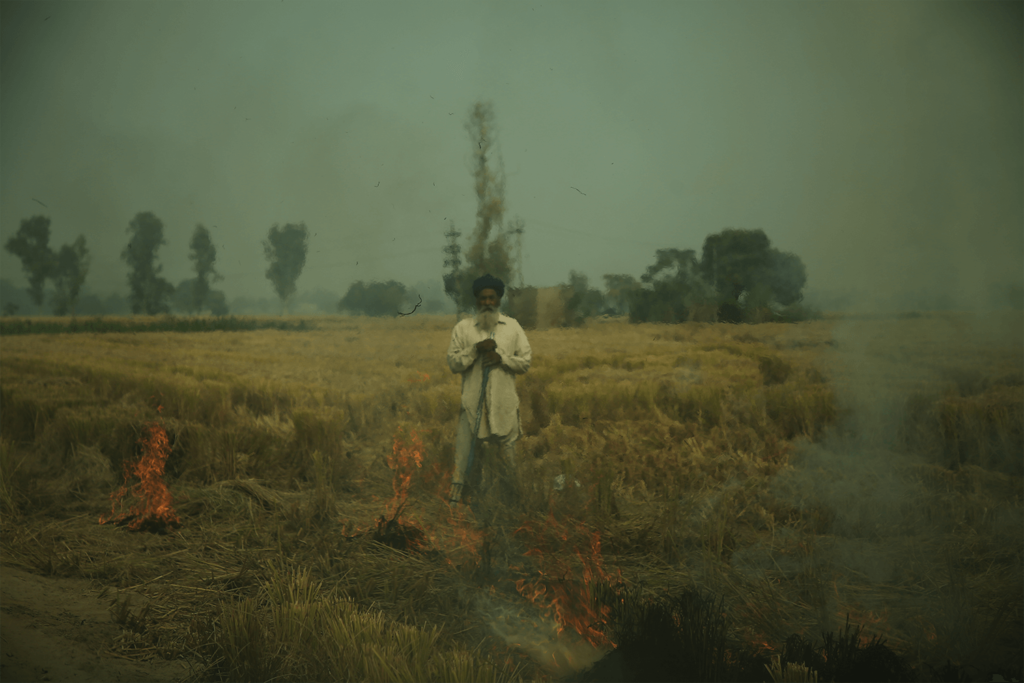
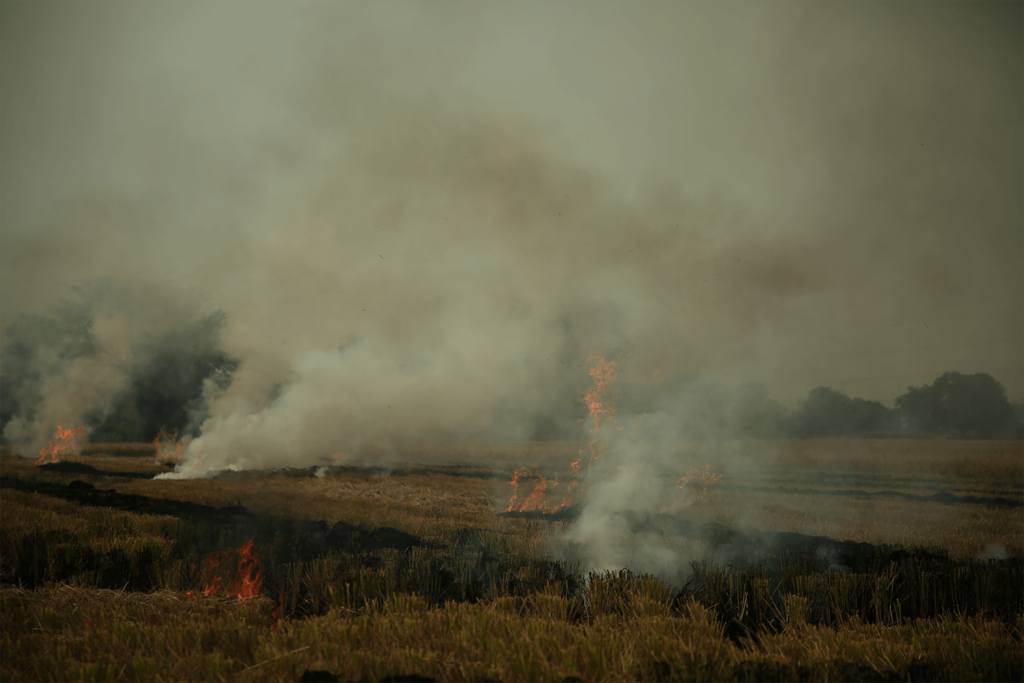
But in Delhi, PM 2.5 levels repeatedly surge to almost 1000 in the winter – a figure so high it’s literally off the charts vis-a-vis several pollution monitoring devices. Further, though many think of Beijing as one of the world’s most polluted cities, Delhi’s PM 2.5 levels tend to be about three times the Beijing mean and 15 times the WHO guidelines.
Continued exposure to high levels of PM 2.5 can cause respiratory diseases like bronchitis, asthma and inflammation of the lungs, and even heart attacks and strokes. For children developing their respiratory system this exposure is extremely harmful. The few who can, leave Delhi during this health emergency. In 2015, according to the Lancet commission more than a quarter of the global pollution related deaths occurred in India.
Each year, there is a hue and cry in the media, schools are closed, people lose their lives in road accidents, yet, tragically, after the media frenzy has subsided, the issue is forgotten until it rears its ugly head again the next year.
The issue cannot be solved just through seasonal interventions. It required persistent work to address behavioral change among the farmers – persistence, ground level interventions, patience, and the right methods, is a solution recipe.
Our Findings
A number of factors influence why farmers resort to stubble burning in Punjab and Haryana. When we began working with them directly, we found that gaps in farmer education and resources contribute significantly to the stubble burning issue; and that’s why we decided to address these issues at the source.
Why Do Farmers Resort to Stubble Burning?

How IPSF Makes a Difference
We work closely with farmers to generate awareness around the ill effects of stubble burning, on available technologies to manage crop residue without burning, and prevailing government schemes. We educate and train them on the use of these multiple technologies to improve the adoption of non-burn practices.
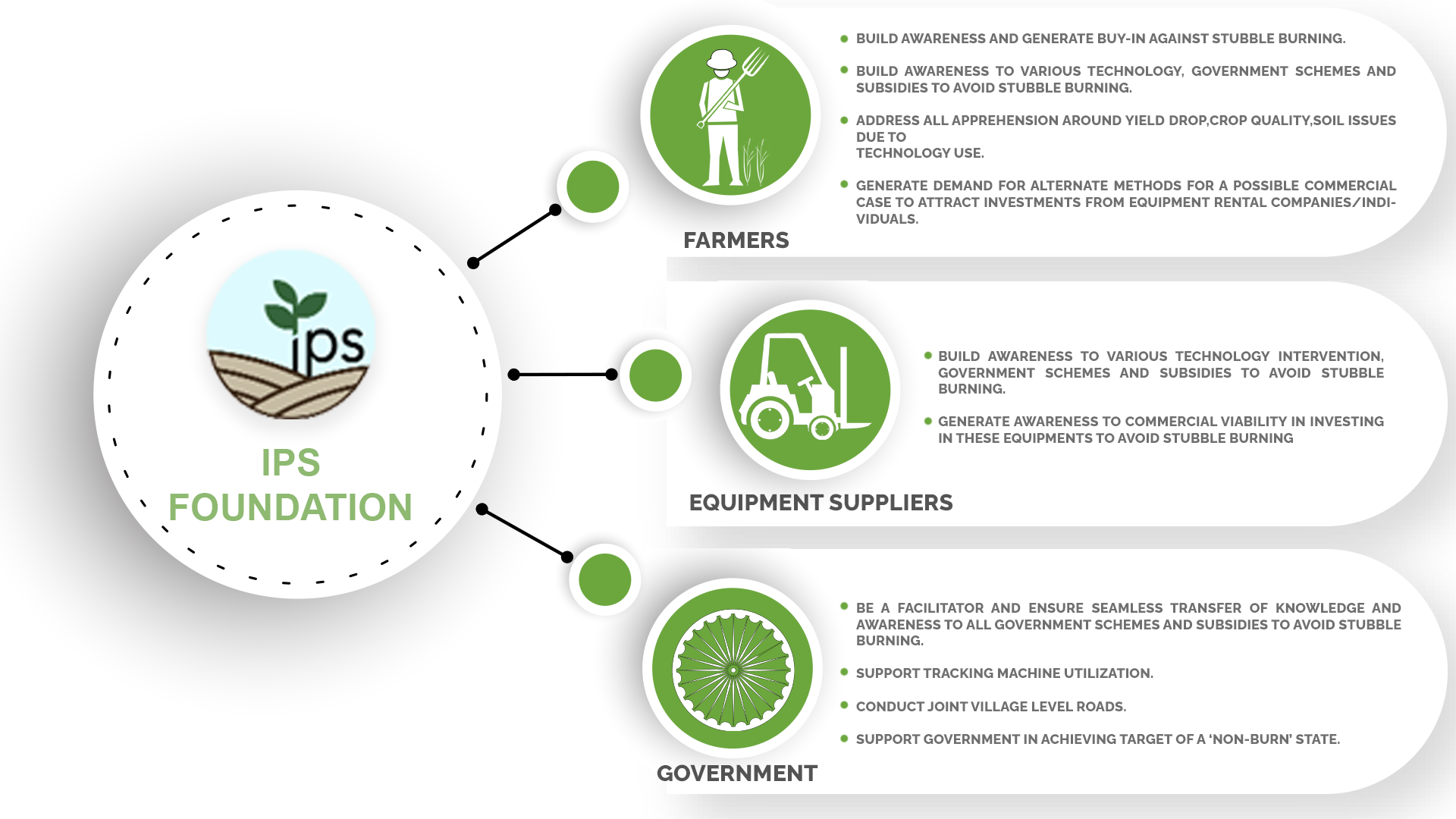
In-Situ Technologies for Stubble Management
In order, to create the kind of impact we want to see in our societies and in our air quality, our work has to involve a number of different approaches, on the farmland and outside of it. These are some of the technologies we promote.
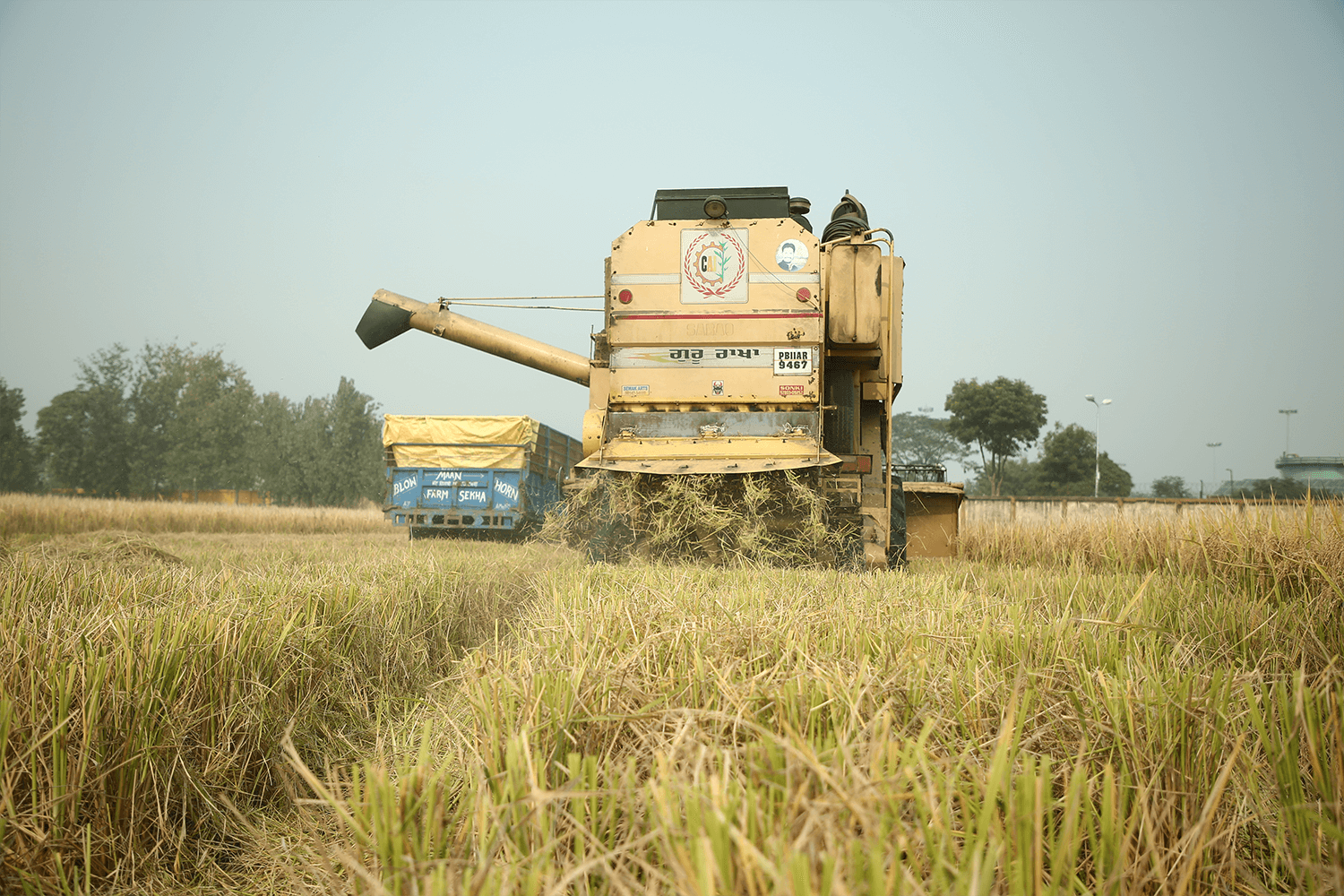
Super SMS
The Super SMS cuts the straw in small pieces and scatters it around behind the tail of the combine.
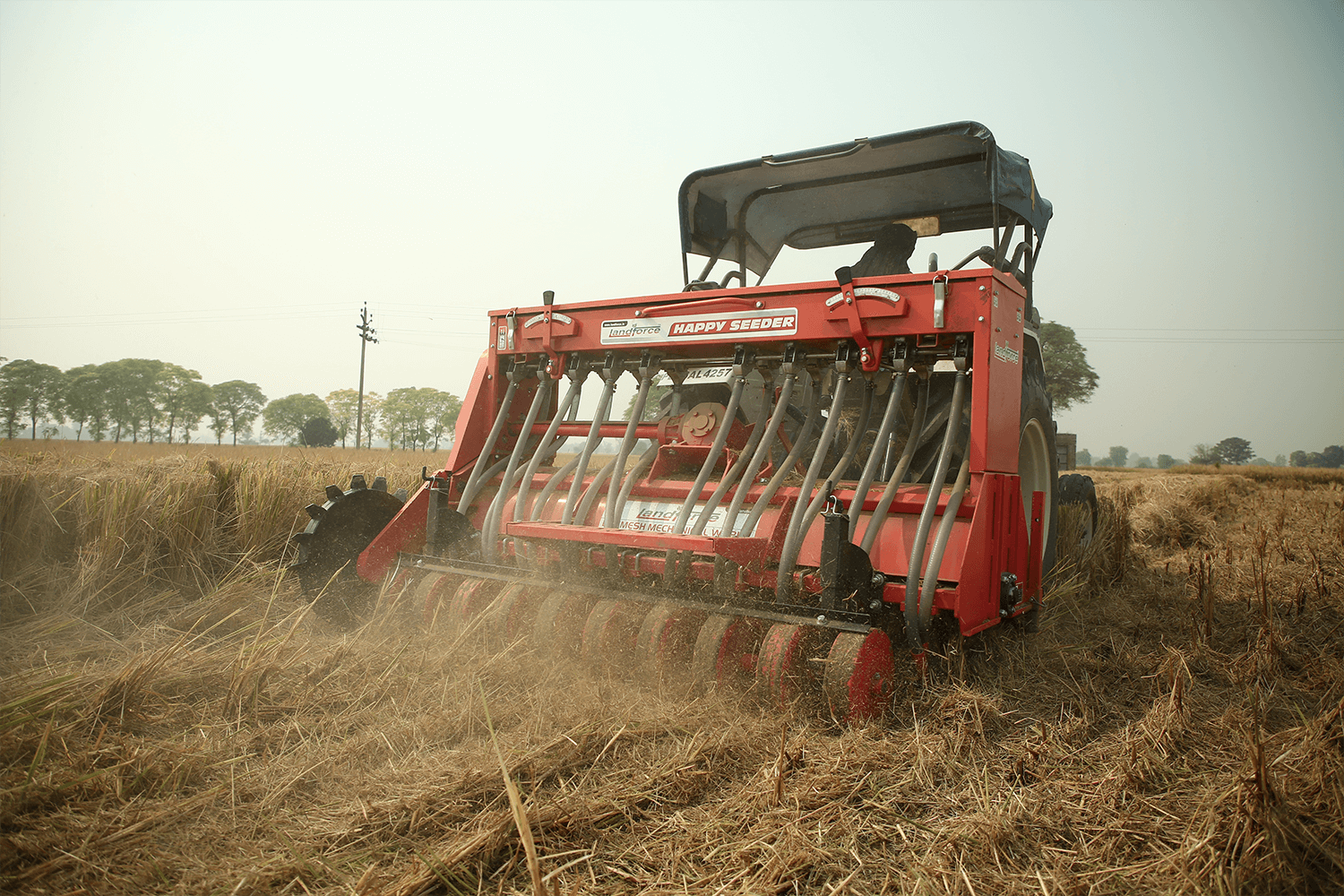
Happy Seeder
The Happy Seeder is used for sowing seed without any burning of crop residue. The Happy Seeder has an attached rotor unit in front of the seeding unit which cuts & spreads straw in between planting rows.
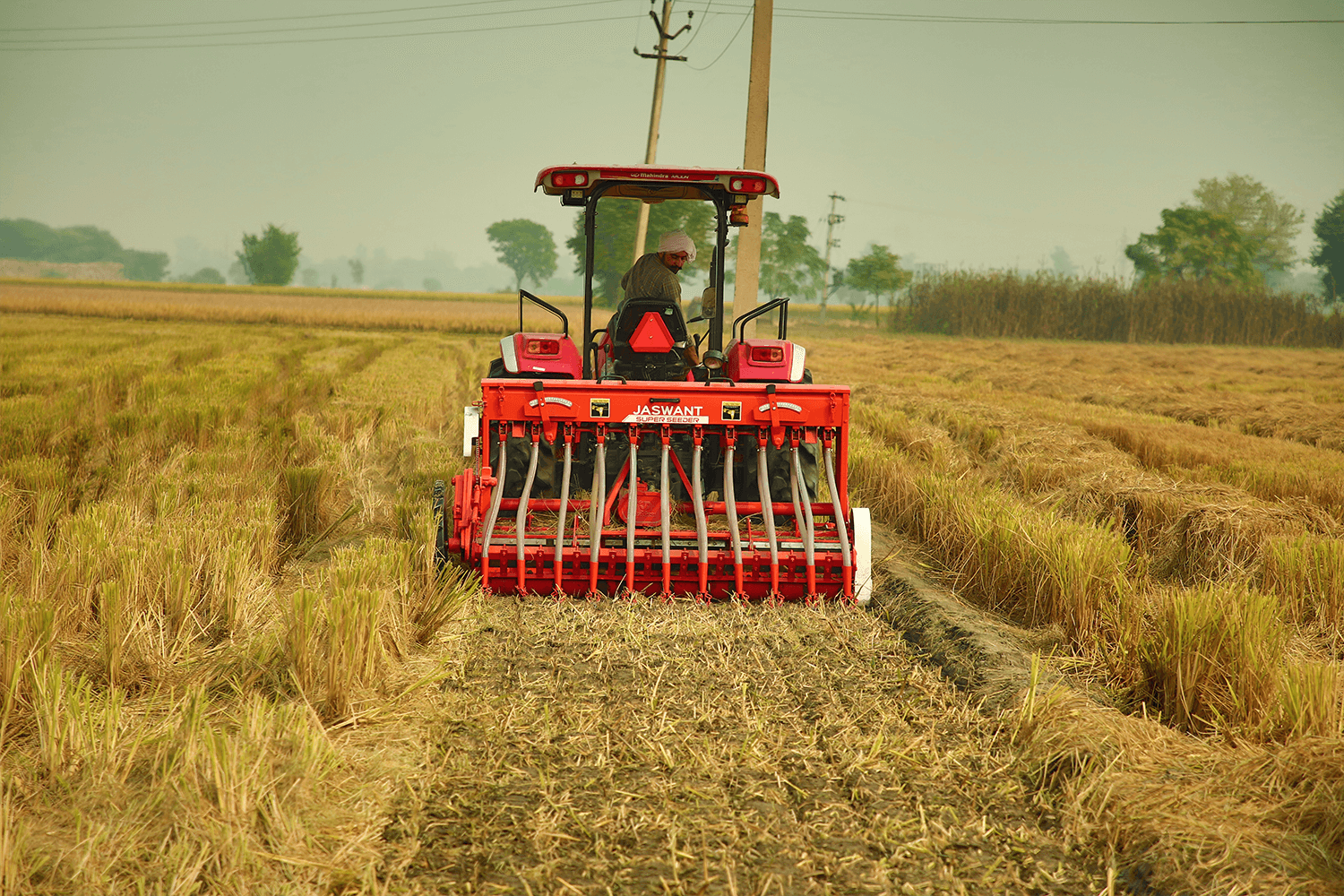
Super Seeder
Super Seeder is a tractor mounted machine which is used to plough standing paddy stubble in soil and sow wheat seed simultaneously in a single operation after the harvesting of the paddy with Combine Harvester fitted with a Super-SMS attachment.
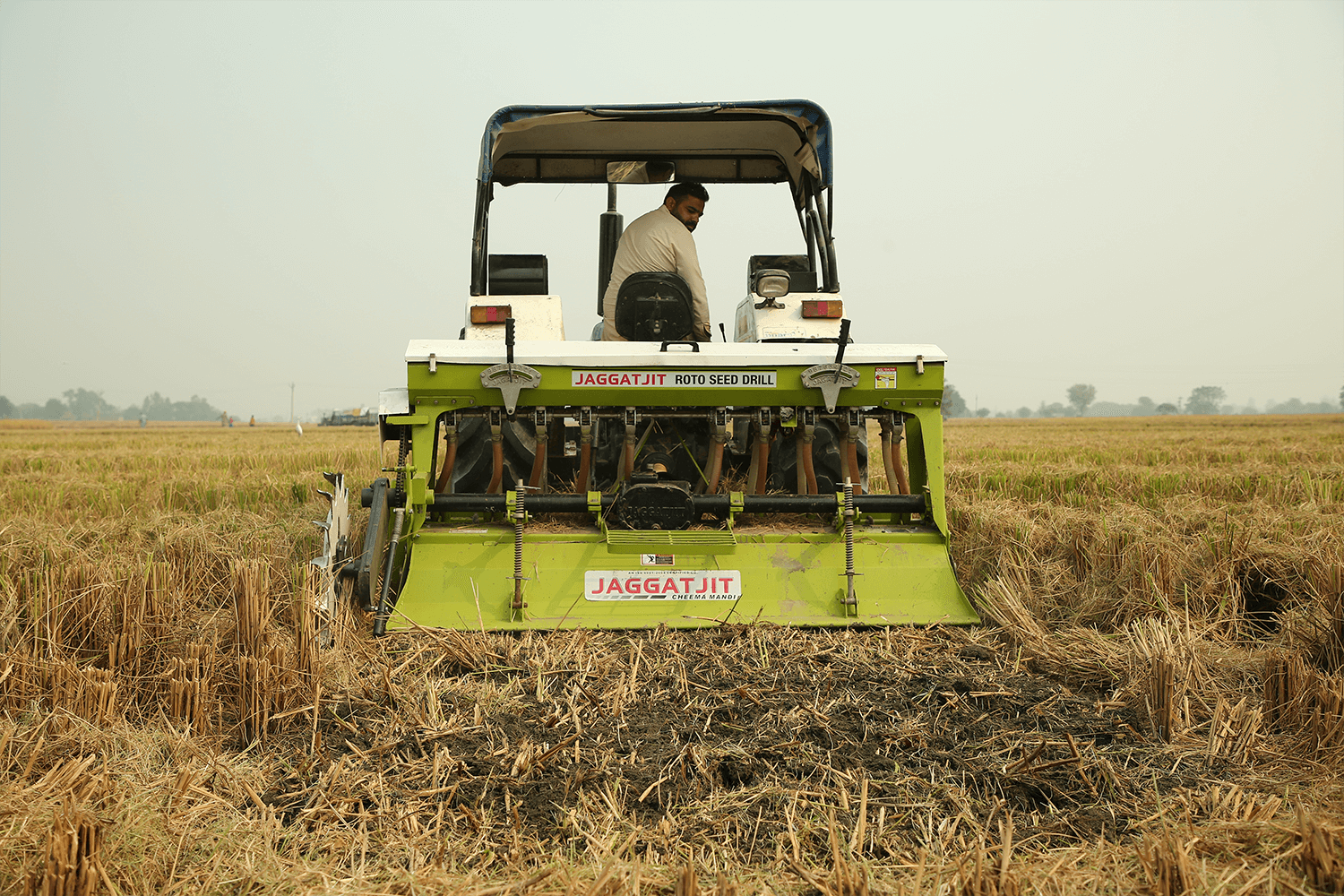
Roto Seed Drill
Roto Seed Drill is a combination of Rotary Tiller & Seed Drill. It is extensively used for sowing a wide variety of seeds like wheat, barley & grass seeding. It is a low maintenance combination of seed drill and Rotary tiller which is easy to operate and handle.
Volunteer with IPSF
We’re always looking for energetic and creative individuals who are deeply passionate about making a positive impact towards the environment and clean air. If you feel you have skills that can help us move our work forward, we want to hear from you.
CONTACT
- F-0, Ground Floor,The Mira Corporate Suites, Plot No. 1 & 2, Ishwar Nagar, Mathura Road, New Delhi 110065
- info@ipsfoundation.org
NEWSLETTER
We release a quarterly newsletter to share the latest update and happenings from IPSF. SUBSCRIBE BELOW

